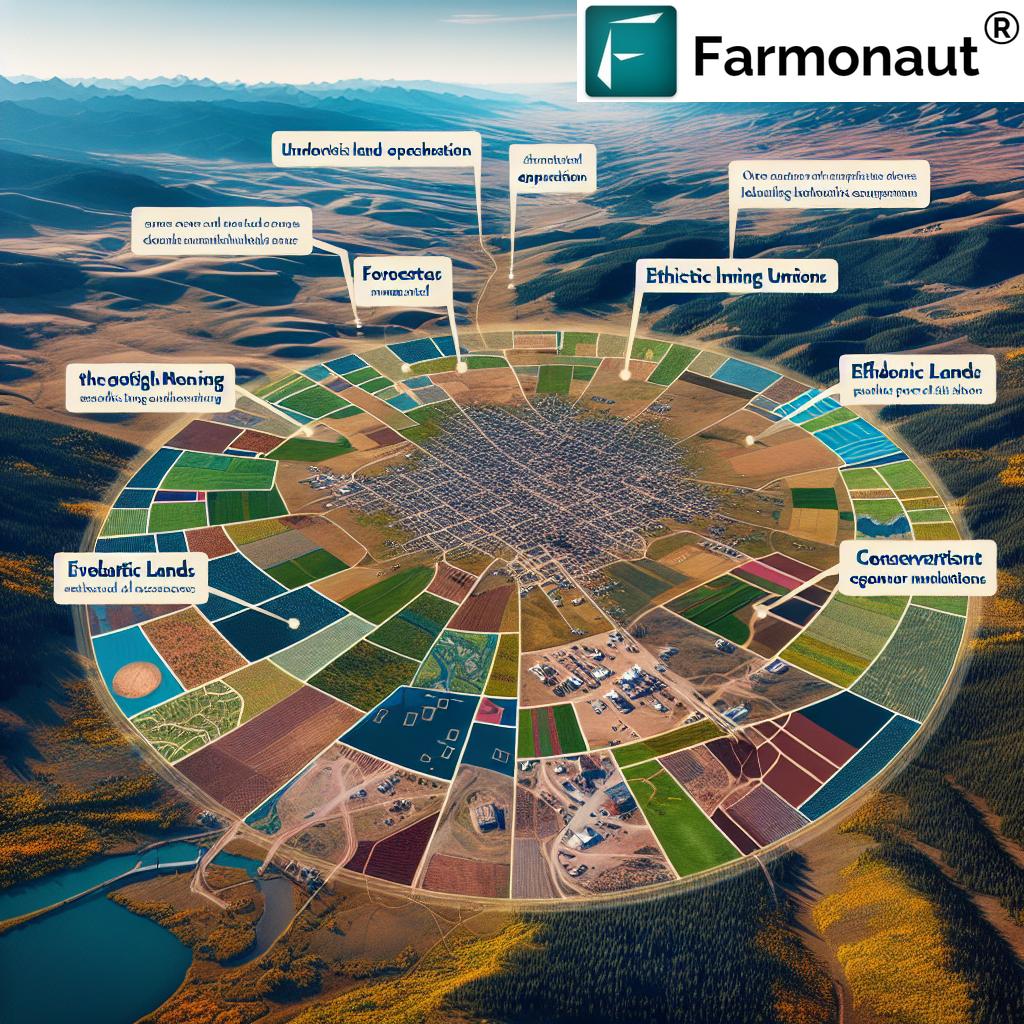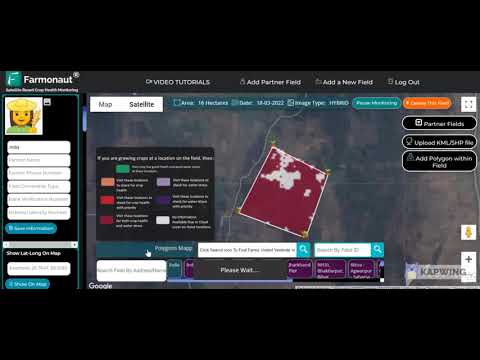Balancing Conservation and Economy: Montrose County’s Stance on Dolores River National Conservation Area
“The proposed Dolores River National Conservation Area impacts 4 key economic sectors: agriculture, mining, energy, and outdoor recreation.”
In the heart of Colorado’s rugged landscape, a contentious debate has emerged that pits conservation efforts against economic interests. The proposed designation of the Dolores River National Conservation Area (NCA) has sparked a fierce dialogue among local communities, government officials, and environmental advocates. At the center of this controversy stands Montrose County, whose commissioners have taken a firm stance against the NCA designation, citing concerns over its potential impact on the region’s economy and way of life.
As we delve into this complex issue, we’ll explore the multifaceted arguments surrounding the proposed Dolores River NCA, examining the delicate balance between preserving natural landscapes and sustaining local economies. Our analysis will shed light on the challenges of public land management and the ongoing struggle to find sustainable solutions that benefit both the environment and the communities that depend on these lands.
Understanding the Dolores River NCA Proposal
The proposed Dolores River National Conservation Area is part of a broader initiative to protect and manage public lands in the American West. NCAs are designated by Congress to conserve, protect, enhance, and manage public land areas for the benefit and enjoyment of present and future generations. These areas are typically managed by the Bureau of Land Management (BLM) and aim to preserve natural, cultural, and other resources while allowing for compatible uses.
In the case of the Dolores River region, proponents argue that an NCA designation would:
- Preserve the unique landscape and ecological diversity of the area
- Protect important wildlife habitats
- Ensure sustainable management of natural resources
- Promote responsible recreational activities
- Create opportunities for economic development through tourism
However, the proposal has met with significant opposition, particularly from Montrose County officials who believe the designation could have far-reaching negative consequences for their community.
Montrose County’s Opposition: A Closer Look
The Montrose County Board of Commissioners has been vocal in its opposition to the Dolores River NCA designation. Their concerns are rooted in the potential impacts on local industries, public land access, and the overall economy of the region. Let’s examine the key points of their argument:
1. Threat to Local Industries
Montrose County commissioners argue that the NCA designation could impose unnecessary restrictions on land use, significantly affecting several key economic sectors:
- Agriculture: Concerns over limited grazing rights and water access
- Mining: Potential restrictions on mineral extraction activities
- Energy Development: Possible limitations on oil and gas exploration
- Outdoor Recreation: Fears of reduced access for motorized and non-motorized activities
These industries form the backbone of Montrose County’s economy, and any restrictions could have ripple effects throughout the local community.
2. Reduced Local Control
One of the primary concerns voiced by the commissioners is the potential loss of local control over land management decisions. They argue that the NCA designation would introduce federal oversight that could override local interests and decision-making processes.
3. Public Land Access
The commissioners express worry that the NCA could limit public access to lands that have traditionally been open for various uses. This includes recreational activities, which are not only important for local quality of life but also contribute significantly to the region’s tourism economy.
4. Economic Stability
At the heart of Montrose County’s opposition is the concern for long-term economic stability. The commissioners believe that the restrictions accompanying an NCA designation could stifle economic growth and development opportunities in the region.

The Other Side: Support for the NCA
While Montrose County officials have taken a strong stance against the NCA, there are many voices in support of the designation. Proponents argue that the NCA would bring numerous benefits to the region:
1. Environmental Protection
Supporters emphasize the importance of preserving the unique ecological features of the Dolores River area. They argue that an NCA designation would ensure long-term protection of critical habitats, water resources, and scenic landscapes.
2. Sustainable Tourism
Many believe that the NCA could boost the local economy by attracting more visitors interested in eco-tourism and outdoor recreation. This could create new jobs and business opportunities in the tourism sector.
3. Scientific and Educational Value
The Dolores River region holds significant geological, archaeological, and biological value. An NCA designation could facilitate research and educational programs, enhancing our understanding of the area’s natural and cultural heritage.
4. Balanced Approach to Land Management
Proponents argue that NCAs typically allow for multiple uses, including grazing and some forms of resource extraction, when done sustainably. They contend that the designation could lead to more thoughtful and balanced land management practices.
“Montrose County commissioners unanimously oppose the NCA designation, citing potential negative impacts on 100% of local industries.”
Comparative Analysis: Current Status vs. Proposed NCA Impact
To better understand the potential effects of the Dolores River NCA designation, let’s examine a comparative analysis of the current situation and the projected impacts:
| Factor | Current Status | Proposed NCA Impact |
|---|---|---|
| Local Control | High | Potentially Reduced |
| Economic Sectors | ||
| Agriculture | Unrestricted grazing | Possible 15-20% reduction in grazing areas |
| Mining | Active operations | Estimated 30-40% decrease in accessible areas |
| Energy Development | Ongoing exploration | Potential 25-35% reduction in development zones |
| Outdoor Recreation | Diverse activities | Possible 10-15% increase in regulated areas |
| Federal Oversight | Moderate | Increased |
| Land Access | Largely unrestricted | More regulated access in certain areas |
| Conservation Efforts | Varied and localized | Comprehensive and federally managed |
This table illustrates the potential shifts in land management and economic activities that could result from the NCA designation. It’s important to note that these figures are estimates and could vary based on the final implementation of the NCA.
The Role of Technology in Land Management
As we grapple with the complexities of balancing conservation and economic interests, it’s worth considering how modern technology can play a role in finding sustainable solutions. Advanced agricultural and environmental monitoring tools can help in making informed decisions about land use and conservation efforts.
For instance, satellite-based monitoring systems like those offered by Farmonaut can provide valuable insights into land use patterns, crop health, and environmental changes. These technologies can help both conservationists and local industries make data-driven decisions about resource management.


By leveraging such technologies, it may be possible to find more nuanced approaches to land management that satisfy both conservation goals and economic needs. For example, precision agriculture techniques can help farmers optimize their use of water and other resources, potentially reducing conflicts over land use in sensitive areas.
The Broader Context: Public Lands Management in the West
The debate over the Dolores River NCA is not an isolated incident but part of a larger conversation about public lands management in the American West. This region has long been a battleground between conservation efforts and resource extraction, with federal land designations often at the center of the controversy.
Some key points to consider in this broader context include:
- The historical importance of public lands in Western economies
- The evolving nature of these economies, with growing emphasis on tourism and recreation
- The increasing urgency of conservation efforts in the face of climate change
- The complex relationship between federal, state, and local governments in land management decisions
Understanding this larger picture is crucial for finding balanced solutions that can address both local economic concerns and broader conservation goals.
Potential Compromises and Alternative Approaches
Given the strong opinions on both sides of the Dolores River NCA debate, it’s worth exploring potential compromises or alternative approaches that could satisfy multiple stakeholders:
1. Phased Implementation
One possibility could be a phased approach to the NCA designation, allowing for gradual changes in land management practices. This could give local industries time to adapt and potentially find new economic opportunities.
2. Customized Conservation Areas
Instead of a one-size-fits-all NCA designation, a more tailored approach could be considered. This might involve creating different zones within the proposed area with varying levels of protection and allowable activities.
3. Local Advisory Boards
Establishing strong local advisory boards with real influence over NCA management decisions could help address concerns about loss of local control.
4. Economic Transition Programs
If the NCA designation moves forward, comprehensive economic transition programs could be implemented to support affected industries and workers in adapting to new economic realities.
5. Innovative Land Use Agreements
Exploring innovative agreements that allow for certain economic activities while ensuring strong environmental protections could offer a middle ground.

The Role of Community Engagement
Regardless of the final outcome, the Dolores River NCA debate underscores the importance of robust community engagement in public lands decisions. Effective community involvement can:
- Ensure all stakeholders’ voices are heard
- Lead to more creative and locally appropriate solutions
- Build trust between local communities and federal agencies
- Create a sense of shared ownership in land management decisions
Moving forward, it will be crucial to establish and maintain open lines of communication between all parties involved in the Dolores River NCA proposal.
Economic Diversification and Sustainable Development
While the debate over the Dolores River NCA continues, it’s worth considering how Montrose County and similar regions can work towards economic diversification and sustainable development. This approach could help reduce dependence on potentially vulnerable industries and create more resilient local economies.
Some strategies for economic diversification might include:
- Investing in renewable energy projects
- Developing eco-tourism initiatives
- Promoting value-added agriculture and local food systems
- Attracting technology and remote work opportunities
- Expanding educational and research facilities focused on environmental studies
By pursuing a diverse range of economic opportunities, regions like Montrose County may be better positioned to adapt to changing land management policies and environmental conditions.
The Importance of Data-Driven Decision Making
As we navigate the complex issues surrounding the Dolores River NCA proposal, it’s crucial to emphasize the importance of data-driven decision making. Accurate, up-to-date information about land use, environmental conditions, and economic impacts can help inform more balanced and effective policies.
This is where technologies like those offered by Farmonaut can play a crucial role. By providing detailed satellite imagery and analysis of land use patterns, such tools can offer valuable insights to both policymakers and local stakeholders. The Farmonaut API and developer documentation provide access to this powerful technology for custom applications.
Looking to the Future: Sustainable Land Management
As we look to the future, it’s clear that finding sustainable approaches to land management will be crucial, not just for the Dolores River region, but for public lands across the American West. This will require:
- Ongoing dialogue between all stakeholders
- Adaptive management strategies that can respond to changing environmental and economic conditions
- Continued investment in research and technology to inform land use decisions
- A commitment to balancing conservation goals with the needs of local communities
By working together and leveraging the best available data and technologies, we can hope to find solutions that protect our natural heritage while supporting thriving local economies.
Conclusion: A Delicate Balance
The controversy surrounding the proposed Dolores River National Conservation Area exemplifies the ongoing challenge of balancing conservation efforts with economic interests. While Montrose County commissioners have taken a strong stance against the designation, citing concerns about its impact on local industries and public land access, supporters argue that the NCA could protect valuable natural resources while creating new economic opportunities.
As the debate continues, it’s clear that finding a solution will require careful consideration of all stakeholders’ interests, innovative approaches to land management, and a commitment to data-driven decision making. By leveraging advanced technologies and fostering open dialogue, we can work towards sustainable solutions that benefit both the environment and local communities.
The Dolores River NCA proposal serves as a microcosm of the larger challenges facing public lands management in the American West. As we grapple with these issues, we must strive for approaches that honor the region’s natural beauty and resources while supporting the livelihoods and traditions of its residents. Only through thoughtful, collaborative efforts can we hope to achieve a true balance between conservation and economy.
FAQ Section
Q: What is a National Conservation Area (NCA)?
A: A National Conservation Area is a designation given by Congress to certain public lands to conserve, protect, enhance, and manage them for the benefit and enjoyment of present and future generations. NCAs are typically managed by the Bureau of Land Management and allow for multiple uses while prioritizing conservation.
Q: Why are Montrose County commissioners opposed to the Dolores River NCA?
A: The commissioners are concerned about potential negative impacts on local industries, reduced local control over land management decisions, restrictions on public land access, and threats to the region’s economic stability.
Q: What are the potential benefits of the NCA designation?
A: Supporters argue that the NCA could protect important natural resources, promote sustainable tourism, facilitate scientific research and education, and lead to more balanced land management practices.
Q: How might the NCA affect local industries?
A: There are concerns that the NCA could impose restrictions on activities such as grazing, mining, energy development, and certain forms of recreation, potentially impacting these economic sectors.
Q: Are there alternatives to the NCA designation being considered?
A: While the NCA is the primary proposal under discussion, alternatives could include customized conservation areas, phased implementation approaches, or innovative land use agreements that balance conservation with economic activities.
Q: How can technology play a role in this issue?
A: Advanced technologies, such as satellite-based monitoring systems, can provide valuable data for informed decision-making about land use and conservation efforts, potentially helping to find more balanced solutions.
Q: What is the broader context of this debate?
A: The Dolores River NCA controversy is part of a larger ongoing discussion about public lands management in the American West, balancing conservation needs with traditional economic activities and evolving economic trends.
Q: How can local communities have a say in the NCA decision?
A: Community engagement is crucial in this process. Establishing local advisory boards, participating in public comment periods, and engaging with local and federal officials are ways for communities to have their voices heard.
Earn With Farmonaut: Affiliate Program
Earn 20% recurring commission with Farmonaut’s affiliate program by sharing your promo code and helping farmers save 10%. Onboard 10 Elite farmers monthly to earn a minimum of $148,000 annually—start now and grow your income!
Farmonaut Subscriptions





